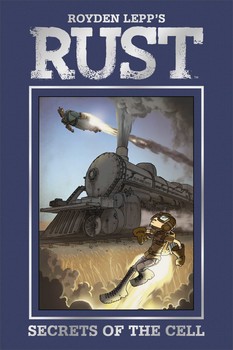
Reading teachers know that giving students choices about what they read is a really important way to develop the “reading habit.” Students are no different than you and I. We (and they) like to be able to pursue a line of thought, read more by an author we like, follow a favorite series to the end…
Check out this video about high school readers that teacher Penny Kittle made a few years ago. What struck me was how middle school became the time that many of these students stopped reading.
Our reading class has two basic components. The first component is a significant amount of student-choice reading. Early this year we have begun to create an environment that values reading and that offers choices to students about what they read. Here are several ways we have sought to create a reading environment:
- Interactive read-aloud where I read a book and students participate by offering their thoughts and ideas as the story proceeds;
- Independent reading time where learners get to read books they have chosen;
- Short lessons on building a reading life where I help students figure out how to pick the next book, build a “shelf” of books to read next, and find the time to read at home;
- Digital tools like Bookopolis and Google Slides to track progress toward our self-selected reading goals.
Since self-selected reading might not push us into areas that are good to explore, our second component is a study of different genres, reading strategies, and analysis of texts. Our main area of focus this first quarter is narrative fiction. We are focusing on story elements (character, setting, goal, problem, plot events, solution, and resolution.) We are using these elements to help us determine the larger meaning, or theme, of a story. Along the way I will be teaching the kids how to construct an “argument” with evidence to back it up, which is a crucial skill for later academic work. In the meantime, I also want to expose the children to narratives that have more complex plots and themes so they are ready for some of the more difficult work they will read in middle school and beyond.
So, there’s a short synopsis of where we are right now in reading class!